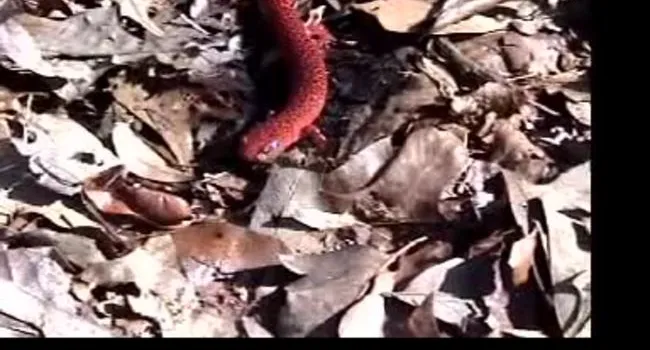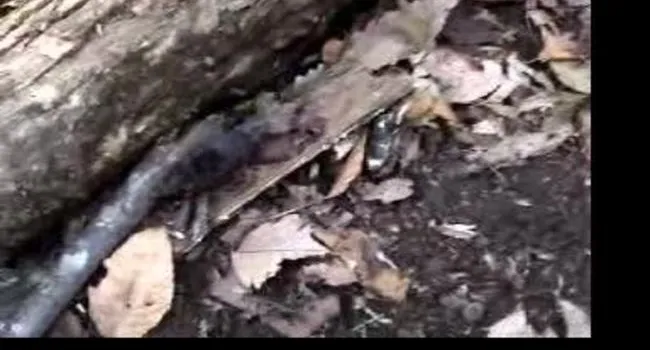
Video
The mud snail is black, with a very strong shell, and is about 1/2 inch in length. It is an effective scavenger and hundreds of snails will collect around a dead fish or shrimp bait until they...
Take a virtual field trip to a South Carolina cove forest and a salt marsh. These virtual field trips were produced in collaboration between Clemson University's SC LIFE Project and South Carolina ETV. The virtual field trips were designed specifically for schools lacking easy access to natural areas.
The SC LIFE Project, supported by an award to Clemson University from the Howard Hughes Medical Institute Undergraduate Science Education Program, uses the natural history of South Carolina (and the Southeast) to illustrate basic biological concepts and to stimulate inquiry-based learning. The SC LIFE Program serves elementary, middle and high school students and teachers. The target grade level of the SC LIFE Virtual Field Trips content is middle school.
SC LIFE materials are available for use only in non-profit educational activities. Any other uses, including activities involving fees for instruction and/or materials, must receive permission from the SC LIFE Project Director. Contact SC LIFE Project Office, 132 Long Hall, Clemson, SC 29634, 864-656-4224, with questions about any of our SC LIFE materials or programs.

Video
The mud snail is black, with a very strong shell, and is about 1/2 inch in length. It is an effective scavenger and hundreds of snails will collect around a dead fish or shrimp bait until they...
Video
(Desmognathus ocoee) The ocoee salamander is lungless and lives in streams in wet areas adjacent to streams. It has a highly variable dorsal color patterning; usually a series of connected paired...
Video
It ís a raccoon! Raccoons often feed near water and frequently visit the salt marsh during low tide. Raccoons are omnivorous and eat many different plants and animals. In the salt marsh, they often...
Video
(Elaphe obsoleta) The rat snake is one of the most diurnal of snakes found in the cove forest. This snake is a very adept climber and is frequently found climbing trees and nesting in tree cavities...
Video
(Pseudotrition ruber) The red is one of the most beautiful salamanders in the cove forest. Colors range from purplish brown to deep orange-red. It is lungless and terrestrial. Eggs are laid in water...
Video
(clethrionomys gapper) This rodent is a relative of the muskrat and lemming. This vole is found only in cove forests at higher altitudes in the mountains of South Carolina. It is semifossorial using...
Video
This shrew is very common and is one of the largest of the various shrew species weighing 11- 30 g. Food consists mainly of invertebrates such as earthworms, snails, and insects. However, these shrews...
Video
(Ambystoma maculatum) The spotted salamander is one of the most colorful of the ambystomid salamanders. The shiny black back of the animal has a series of large yellow/yellow orange spots. These...
Video
The upper surface of the terrapin's shell, called the carapace, is formed of 13 plates, or scutes. Each scute is roughly circular and grooved with rings. Since one ring is formed each year, the age of...
Video
Tides flood into the salt marsh twice a day and bring salty water from the sea. Then twice each day the tide ebbs and leaves the salt marsh high and dry. The tides are at their highest (and lowest)...